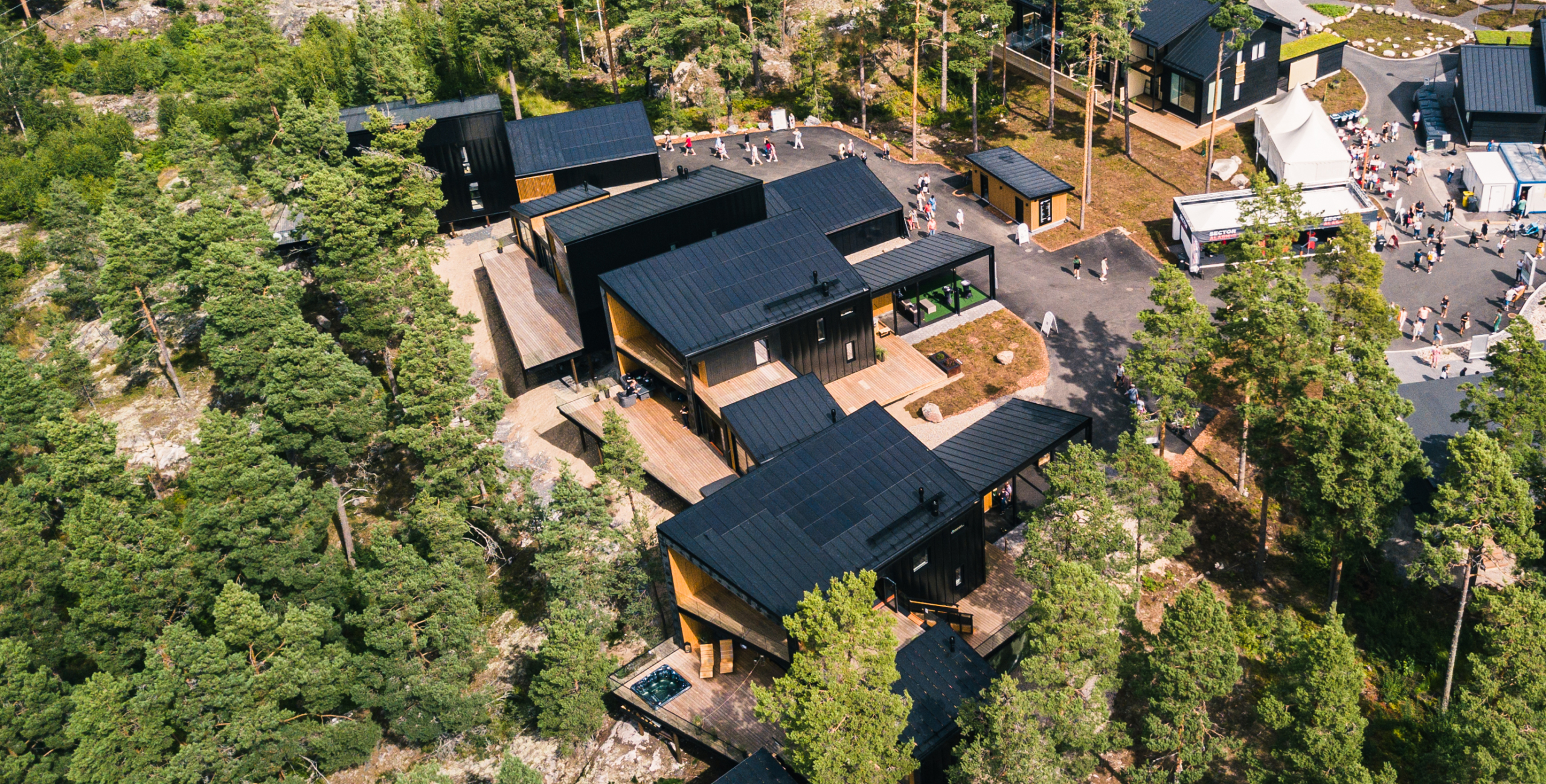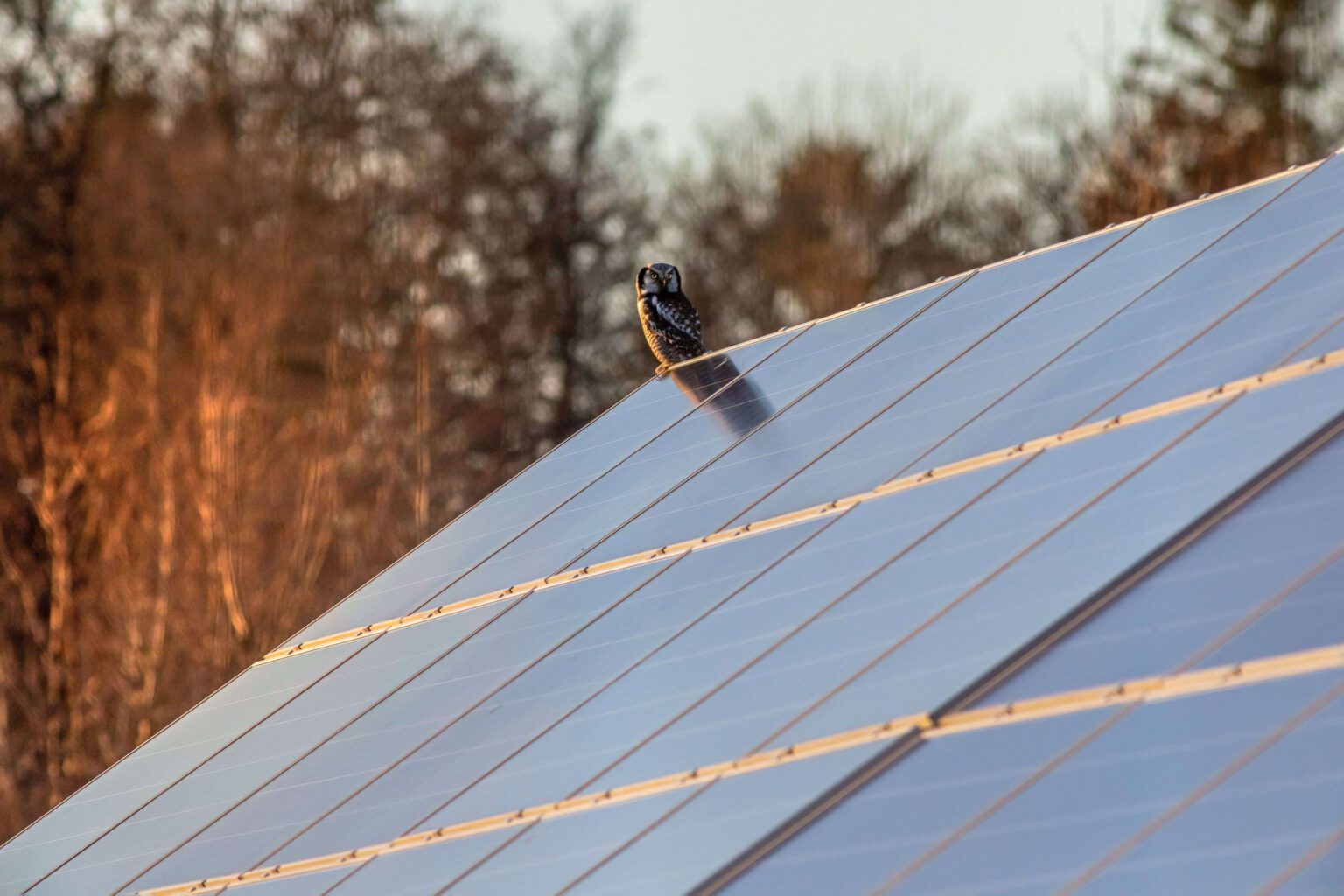
Media and Blog
Favourites
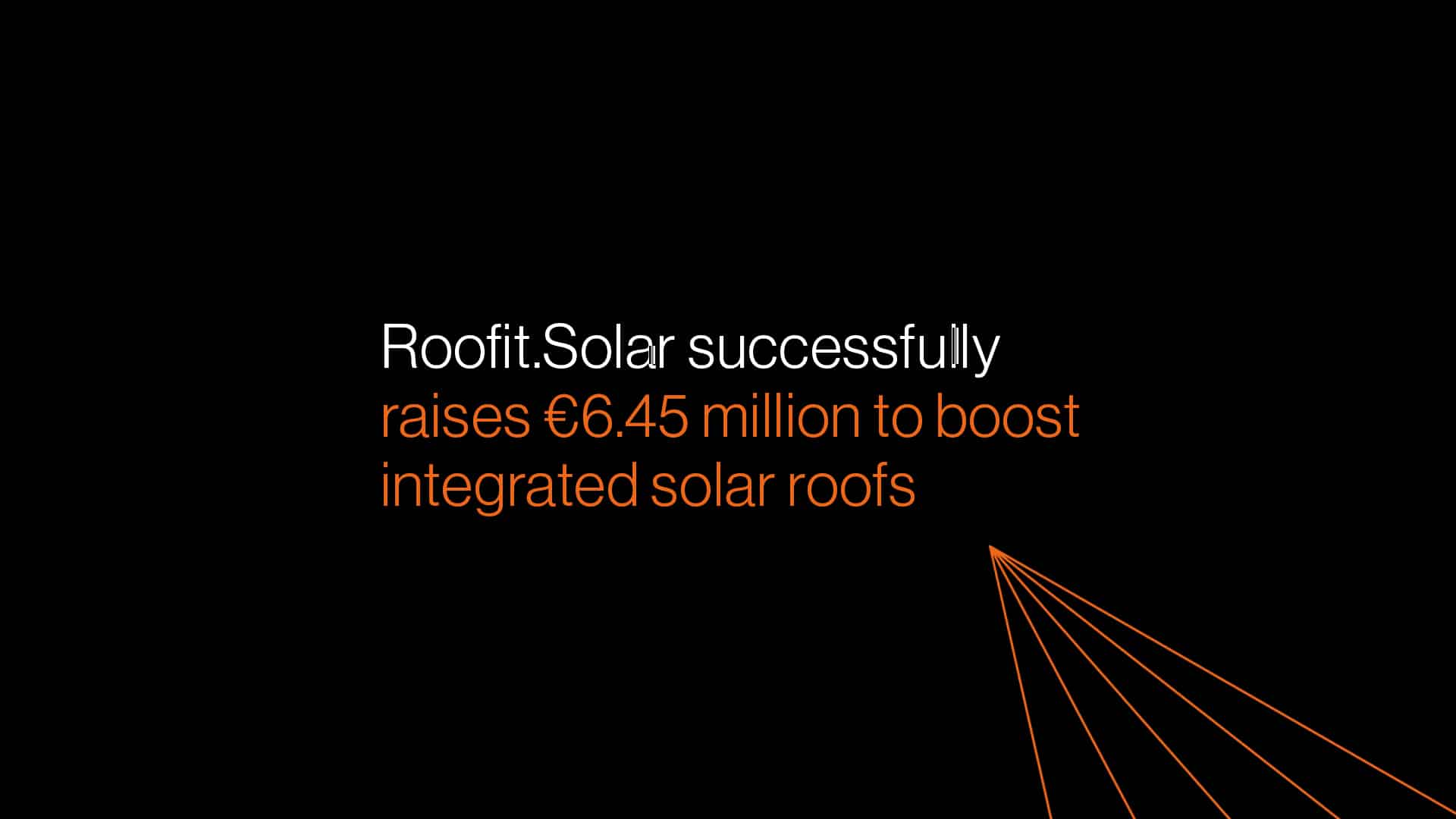
Roofit.Solar successfully raises €6.45 million to boost integrated solar roofs
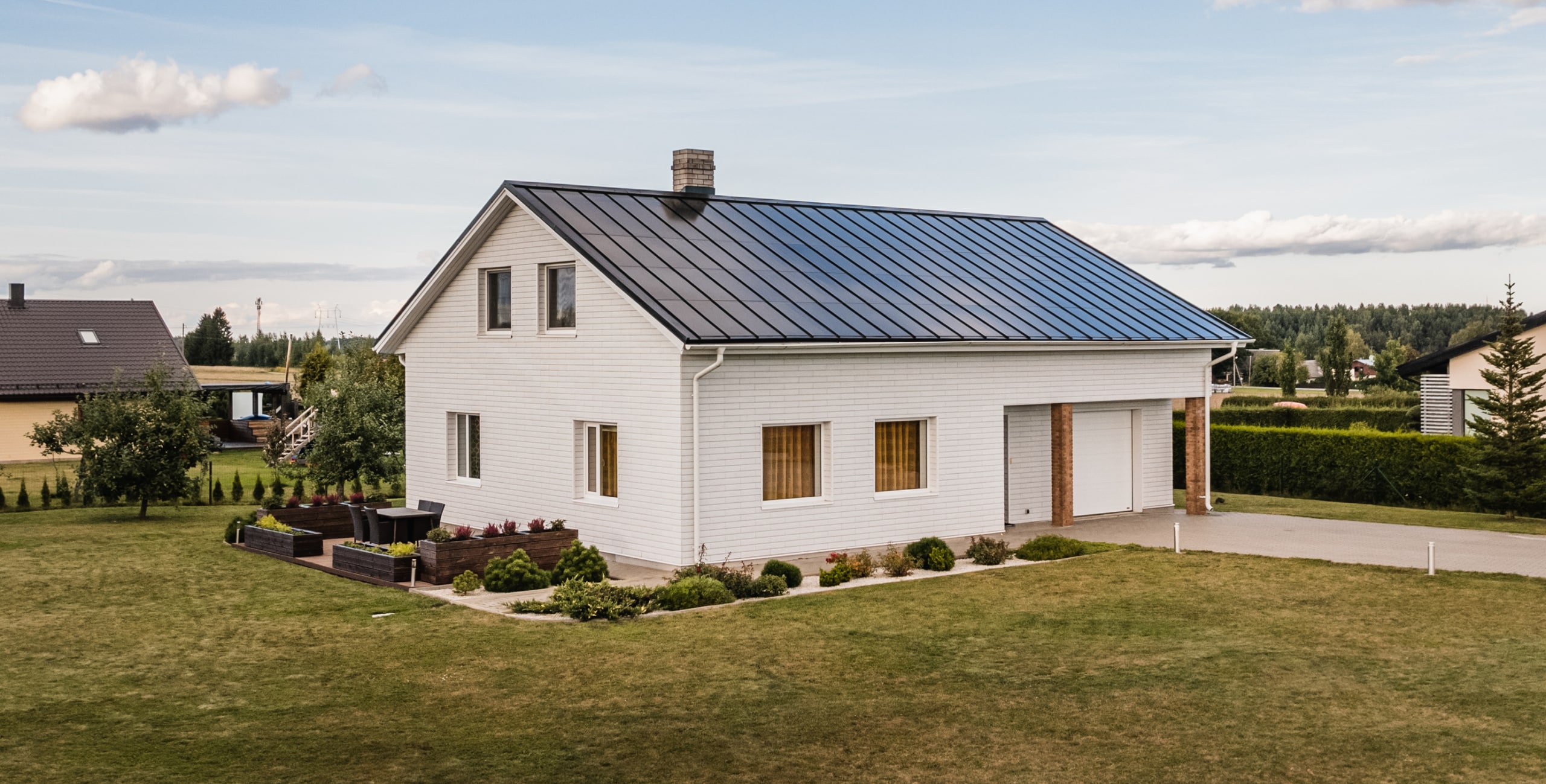
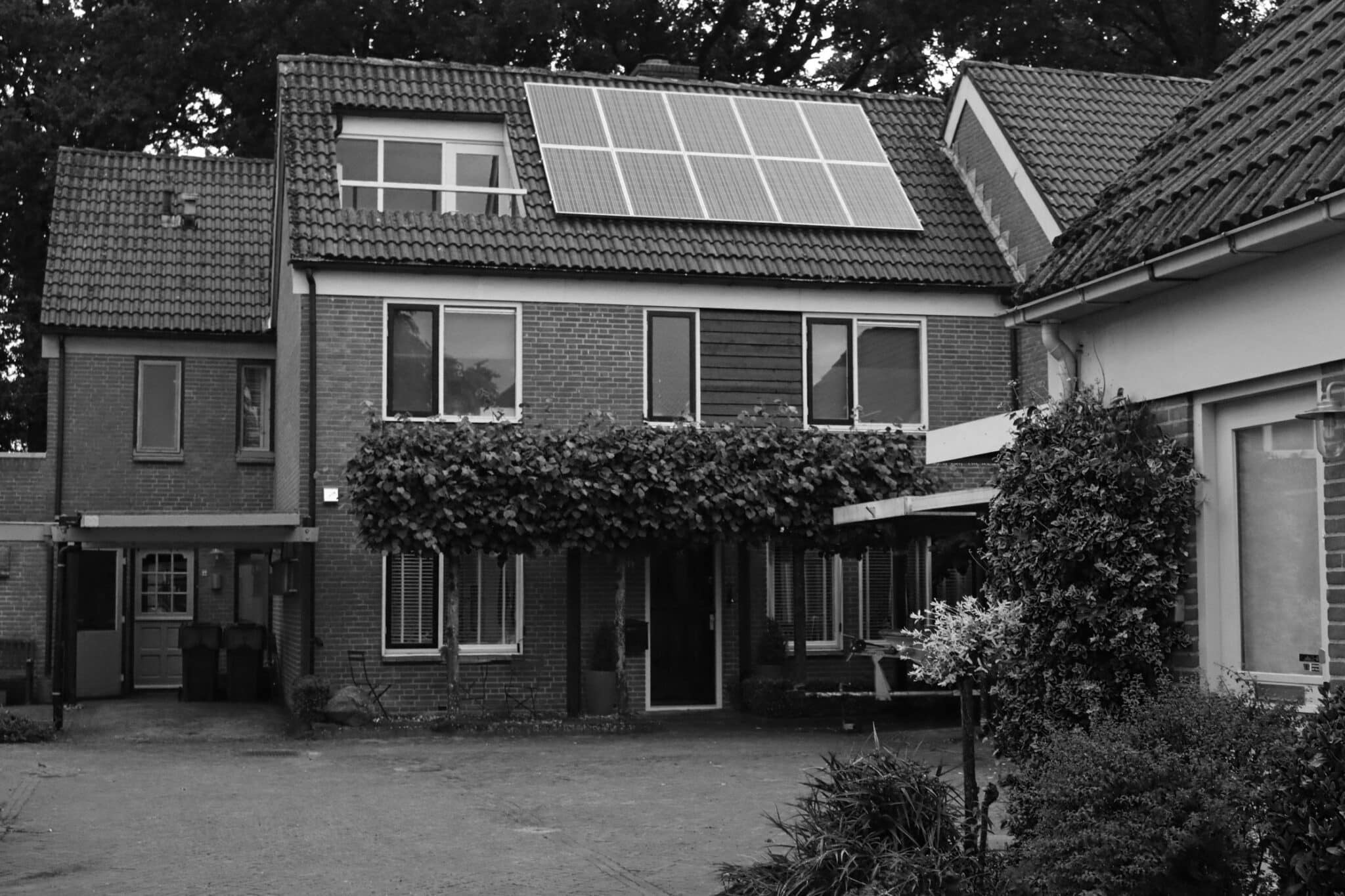
The Million-Dollar Question: Does solar increase home value?
Installing a residential solar energy system could be the best way to increase your property’s value, and to reduce or completely eliminate your electricity bills at the same time. Moreover, it has environmental benefits and makes you a more responsible person.

How a solar PV system works
A solar PV system consists of two or more solar panels combined with an inverter and other electrical and mechanical accessories. Solar PV panels use cells to convert sunlight into electricity. When the sun shines on the cell it creates an electric field across the layers causing electricity to flow. The stronger the light, the greater the flow of electricity.
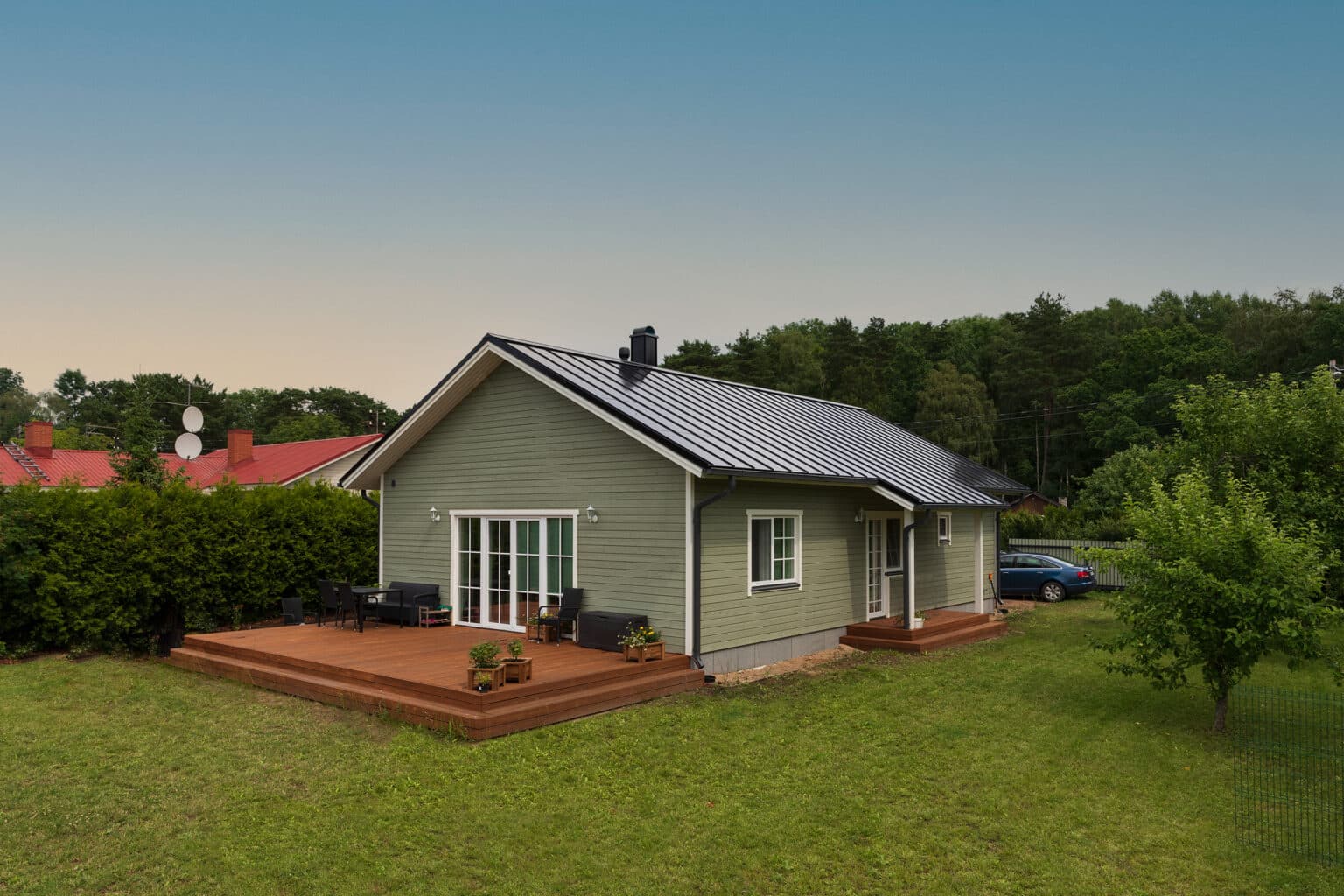
Client story: “My cutting-edge solar roof looks amazing”
Andi is a proud solar roof owner who completely eliminated his electricity bills after installing a 12kW Roofit.solar system. He always liked the idea of solar energy but not how regular solar panels look, so he started looking for more aesthetic solutions.

What are the environmental benefits of solar energy?
It is a widely known fact that going solar is the best way to become energy independent and reduce electricity bills. However, in addition to the financial side, it also has huge benefits for our planet. Switching to solar energy on a large scale would have a profound positive environmental impact and we all can be a part of it.
The key advantages of solar energy on the environment are:

Solar inverters explained
A solar inverter is one of the most important elements of a solar system. As solar panels produce direct current (DC) electricity that cannot be consumed by homes, an inverter comes into play. It converts DC electricity into alternating current (AC), the electricity that can be fed into your home to operate your appliances.

